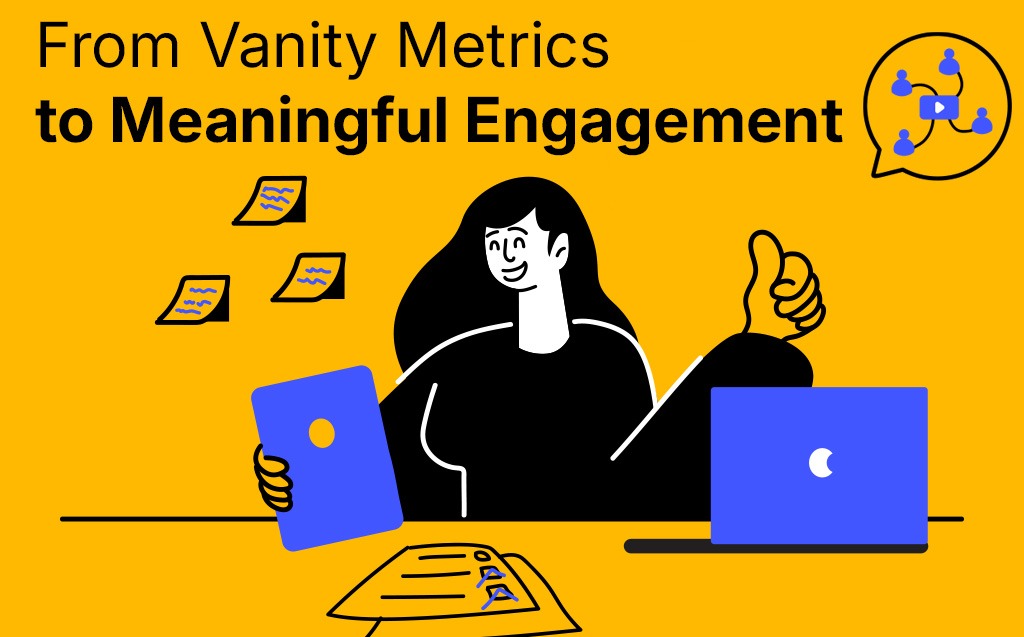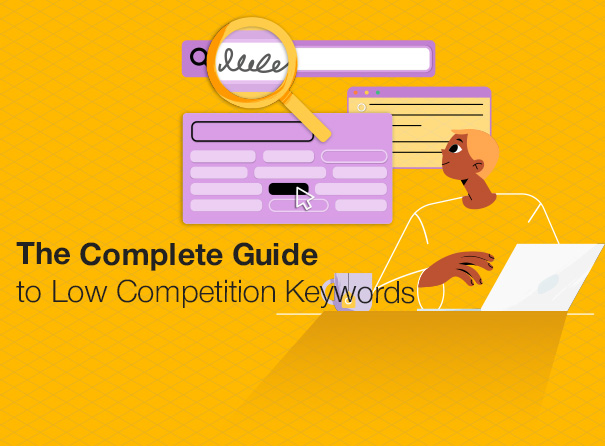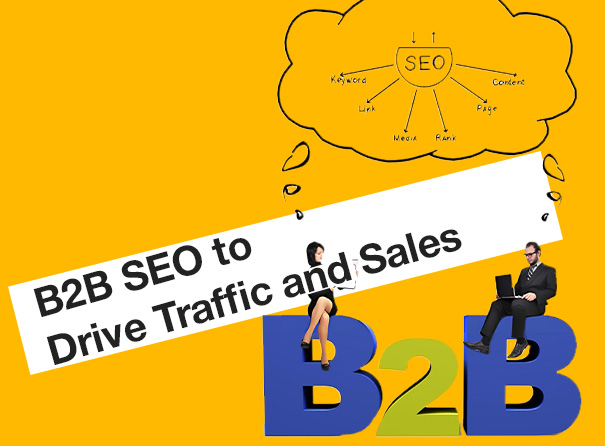TL;DR: - In 2025, follower counts and likes will no longer define social media success. Brands must focus on meaningful engagement and measurable KPIs, such as conversion rates, customer retention, ROAS, and sentiment analysis, that directly connect with business goals. By leveraging analytics tools, AI, and CRM systems, businesses can develop data-driven strategies that enhance customer loyalty, optimize ad spending, and drive tangible result
In 2025, the definition of social media success has changed. It is no longer enough to show off a high follower count or accumulate thousands of likes. These vanity metrics can look impressive, but they do not demonstrate tangible business value. Today, brands are focusing on meaningful engagement and results-driven KPIs that link social media performance to clear outcomes like sales, customer loyalty, and brand trust.
If you want your business to succeed in this new era of digital marketing, it is time to rethink how you measure success. At Inqnest, our Social Media Optimization services help brands move beyond superficial stats and build data-driven strategies that truly drive growth.
Why Vanity Metrics Are No Longer Enough
For years, follower counts, likes, and impressions dominated social media reporting. They were easy to track and looked impressive on paper, but they didn’t tell the whole story. A post might get 5,000 likes, but if those likes don’t lead to clicks, sign-ups, or purchases, what’s the real value?
The problem with vanity metrics is that they focus on quantity, not quality. You might have millions of followers, but if only a tiny percentage engages with your content in a way that benefits your business, the return on investment will be minimal. In 2025, brands are focusing on key performance indicators that match actual business goals, and that’s where meaningful engagement becomes important.
Shifting the Focus: Defining Your Social Media Goals
Before you can measure success, you need a clear strategy. This involves identifying your desired outcomes and ensuring that your social media goals align with your overall business objectives.
For example:
- If your priority is sales growth, you’ll focus on conversion rates and return on ad spend.
- If you want to build a loyal community, you’ll track engagement rates and repeat customer metrics.
- If your aim is brand awareness, you’ll measure social share of voice and sentiment analysis.
The key point is that every metric you track should link directly to a specific business goal. Success isn’t just about reaching more people; it’s about reaching the right people and motivating them to take meaningful action.
Key Metrics and KPIs for Measuring Social Media Success in 2025
- Engagement Rate: - The days when “likes” were enough are over. Engagement rate is a better measure that includes comments, shares, saves, clicks, and even video completion rates. This helps you see not just if your audience is watching, but if they care enough to interact.
- Conversion Rate: - Tracking conversion rate means looking at how many people take a specific action after engaging with your content, whether that’s filling out a form, signing up for a newsletter, or making a purchase. This is one of the most evident signs of social media’s direct effect on your bottom line.
- Customer Acquisition Cost (CAC) & Cost Per Conversion (CPC): - If you run paid campaigns, knowing CAC and CPC is important. These key performance indicators show you how much it costs to attract a new customer or achieve a specific goal. In 2025, brands will use these numbers to measure efficiency and optimize ad spending for better returns.
- Return on Ad Spend (ROAS): - ROAS tells you how much revenue you earn for every dollar spent on ads. For paid social campaigns, this is a key metric to track. A healthy ROAS indicates your ad creative, targeting, and budget allocation are working well together.
- Website Traffic from Social Media: - Your website is where conversions happen, so tracking how much traffic comes from social media is essential. Tools like Google Analytics make it easy to monitor referral traffic from different platforms, allowing you to see which channels deliver the best results. If you’re unsure which platforms work best for your audience, our breakdown in this blog which compares various social media platforms will help you find the right mix.
- Brand Mentions & Sentiment Analysis: - It’s not just about how many people mention you; it’s about what they say. Sentiment analysis tools let you check if brand mentions are positive, negative, or neutral, giving you a clearer picture of your online reputation.
- Social Share of Voice (SSoV): - SSoV compares your brand’s share of industry conversations to that of competitors. A higher share means your brand is attracting attention and relevance in your niche, something every brand should strive for in 2025’s crowded digital landscape.
- Customer Loyalty & Retention: - Social media isn’t just for attracting new customers; it’s also a strong tool for keeping existing ones engaged. Metrics like repeat purchases, customer lifetime value, and Net Promoter Score (NPS) can help you measure how loyal your audience is over time.
Leveraging Data and Tools to Measure Success
- Social Listening Tools: - Platforms like Brandwatch and Sprout Social help track brand mentions, keywords, and sentiment across multiple platforms. This lets brands understand what conversations they are part of and which ones they should lead.
- Analytics Tools: - Google Analytics is essential for tracking website traffic and conversions. Built-in analytics tools like Meta Business Suite and TikTok Analytics provide specific insights for their platforms.
- CRM Integration: - Linking your social data with your CRM gives you a complete view of customer behavior. It also lets you personalize communication and follow the entire customer journey from the first click to conversion.
- AI & Predictive Analytics: - AI-driven sentiment analysis, trend forecasting, and predictive modeling are becoming common in 2025. They help brands predict audience needs and improve campaigns before engagement starts to drop.
- Customer Journey Mapping: - By mapping every touchpoint, from a first Instagram Story view to a completed purchase, you can find content gaps, resolve bottlenecks, and create a smoother path to conversion. If you need help structuring your social investment, this blog will help you choose the right social media optimization packages based on your business size, goals, and budget.
Best Practices for Long-Term Social Media Success
- Align Goals and KPIs : Every metric should link directly to a business objective.
- Track Consistently : Data over time shows trends and opportunities.
- Test and Optimize : Try different formats, posting times, and CTAs.
- Embrace Storytelling : Share genuine brand stories to strengthen audience connections.
- Prioritize Customer Service : Respond quickly to build trust and loyalty.
Conclusion
In 2025, social media success is about more than numbers. It’s about impact. Brands that emphasize meaningful engagement, track the right KPIs, and connect their strategies with business goals will thrive in this changing digital landscape.
If you’re ready to move beyond vanity metrics and begin creating a data-driven, results-focused social strategy, Inqnest can help you do it. From tracking analytics to developing creative content, our team knows how to turn engagement into measurable growth.
Let’s start building your social media success story with Inqnest today !











.png)












.png)
.png)
.png)

.png)
